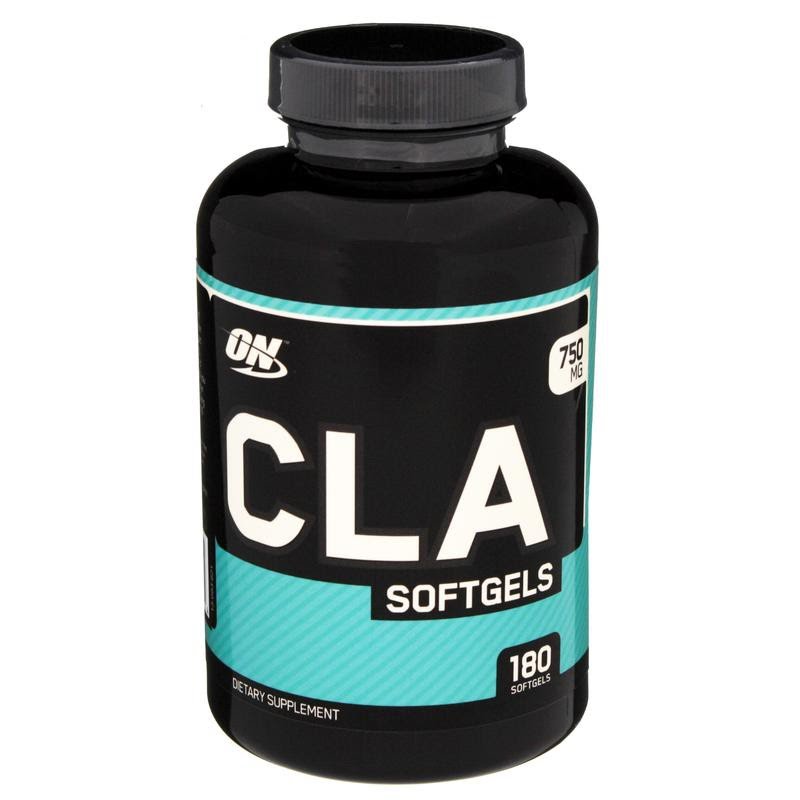Cleansing Diet Definition
Cleansing is a dietary practice that spans back through the centuries. It is a natural way to clear the body of toxins and built up waste products that was used in ancient medicine. Because of its effectiveness, cleansing is enjoying a reemergence of popularity today.
The practice of cleansing, which is also known as detoxification (or detox) is used for a number of purposes. Cleansing may be used to simply give the body a healthy boost or as a precursor to another holistic approach. The most popular use of cleansing in modern society is for dietary cleansing.
Cleansing diets are simple and effective. They work quickly to produce significant weight loss results.
Basics Of Cleansing Diets
There are many, many different kinds of cleansing diets with different recipes and variations of foods and drinks. Some are strictly liquid diet protocols and are often considered fasting diets while others combine beneficial drink recipes and natural juices with healthy foods such as protein shakes, organic fruits and vegetables.
A very basic description of a cleansing diet would be this:
- Cleansing starts with a diet plan (in many cases mostly or all liquid) that is followed for two to ten days (sometimes longer but care must be taken). This plan may include good, healthy, foods with the liquid regimen.
- Herbs, oils, and/or supplements may be taken to enhance the detoxification and cleansing process.
- Cleansing is usually undertaken as a series of short cleansing periods (under two weeks) two to three times per year as long term cleanses could be unhealthy.
- Many programs combine a healthy, low-toxin diet as a lifestyle to maintain clean living between cleanses.
- Foods and drinks used in the cleansing diet are chosen for their purity; foods that contain chemicals and toxins, and those which turn to stored chemicals and toxins in the body, are eliminated.
- Foods are also chosen for their restorative properties and for their abilities to draw out and eliminate toxins in the major organs of the body, fats cells, and tissues.
How Cleansing Diets Work
From its earliest days, the human body constantly accumulates toxins. These toxins come from:
- The foods and drinks we consume
- The environment (air pollution, chlorinated water, cleaning agents, chemical exposure, smoke…)
- Health and beauty products applied topically to the skin and absorbed by the skin
- Medications
The body is naturally designed to process out toxins and waste bi-products through the liver, kidney, colon, sweat, etc., but it is unable to process all of the toxins we come in contact with. Residual toxins build up in the body’s organs and fat storage cells.
Cleansing diets are designed to “kick out” the left over, built-up toxic residue. This prepares the cleanser for better living and easier cleanses. Maintenance cleanses are periodically necessary, and in most cases it takes more than one good cleanse to clean out a damaged system; this is build-up that took years to accumulate–you should not expect it to be quickly removed. Changes to lifestyle further enhance the effectiveness of cleansing diets.
There are a number of benefits to using cleansing diets. While many people look towards cleansing diets strictly for simplified (no need to count calories or read confusing labels, etc.) and fast-acting weight loss purposes, the many advantages of good bodily cleansing are also appreciated. Among these advantages are an improved energy level and better overall health; even the skin is better, often clearing away skin disorders. Bowels become regulated. Concentration and mental acuity improve.
The most obvious advantage, however, is that cure that people come to cleansing diets seeking–fast, effective, significant weight loss, the direct result of clearing the body’s taxed systems of pounds of waste products and toxin overload.
Cleansing Diet Definition by Marc Menninger





